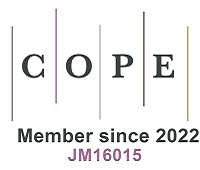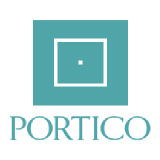fig4

Figure 4. (A) The transformation of proton conductivity of Gd-NO2 into Gd-NO under 355 nm photoinduction (Reproduced with permission[46]. Copyright 2023, Elsevier); (B) Effect of sulfate and sulfonate groups on the proton conductivity of Zn-based MOFs. (Reproduced with permission[47]. Copyright 2024, American Chemical Society); (C) Substitution description in PPCN-222-BTSA nanochannels and proton conductivity at 100% RH and different temperatures. (Reproduced with permission[48]. Copyright 2024, Elsevier); (D) Pore space and surface modification in pores improve proton conductivity of MOFs. (Reproduced with permission[49]. Copyright 2022, American Chemical Society). MOFs: Metal-organic frameworks; RH: relative humidity.









